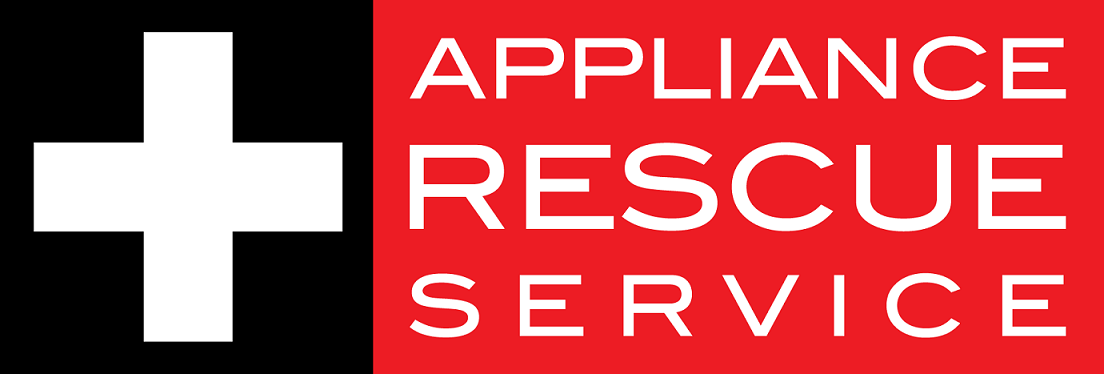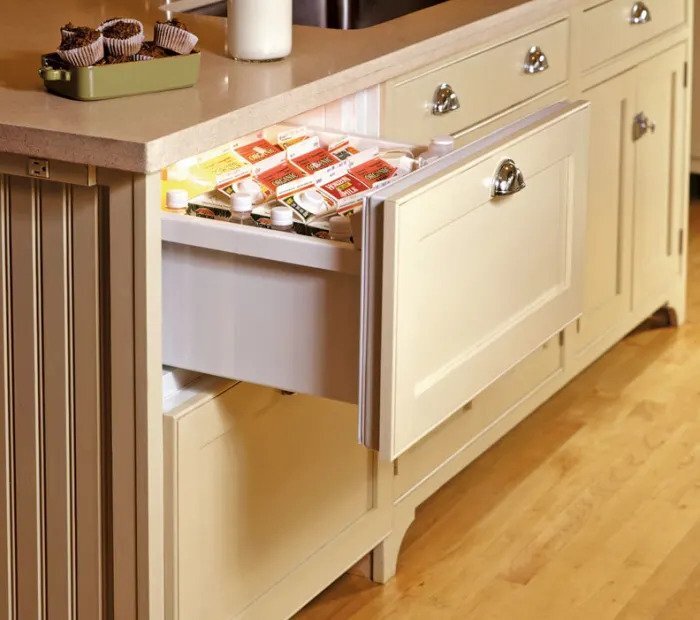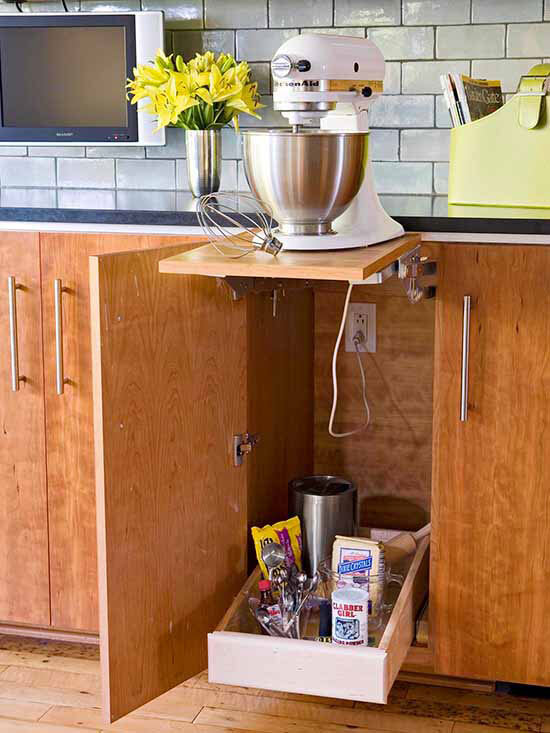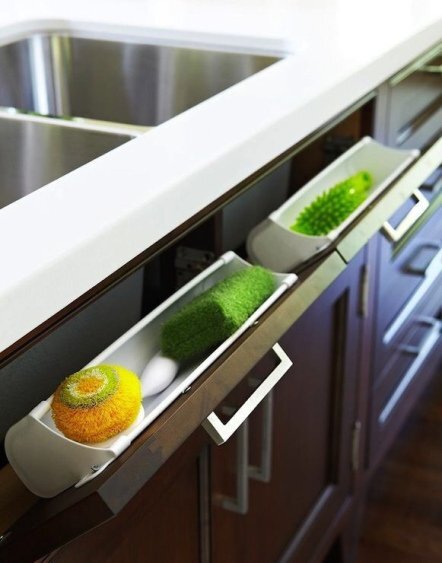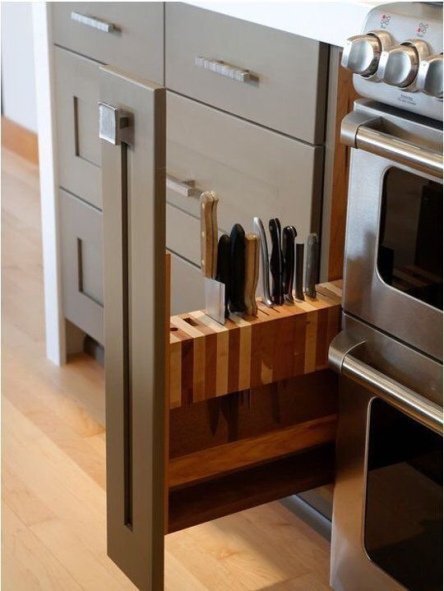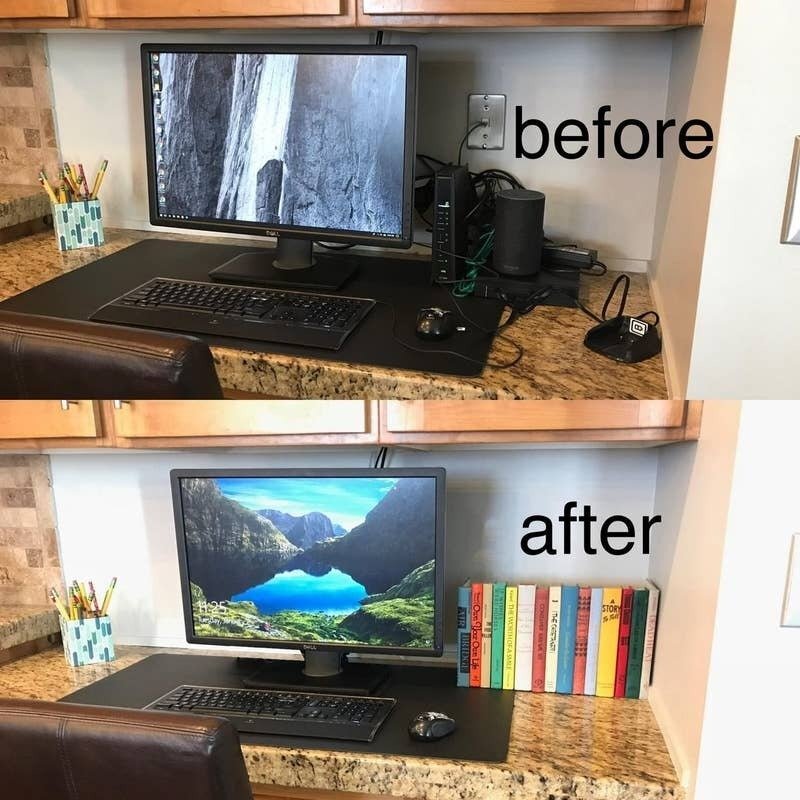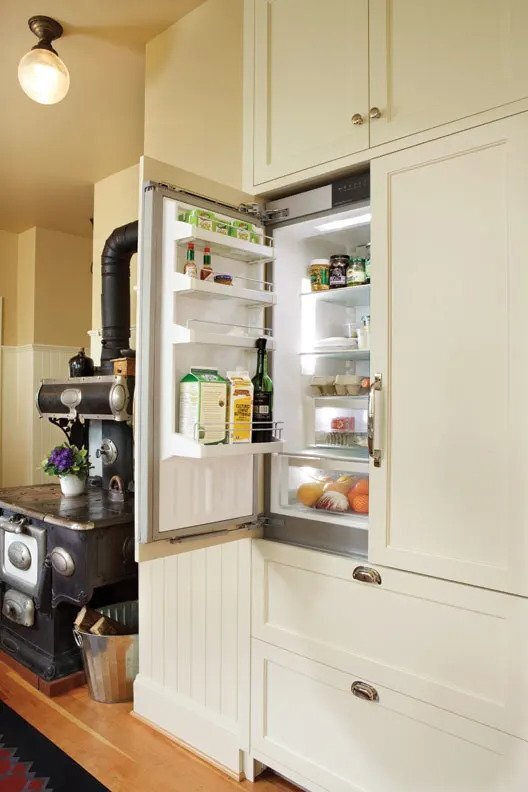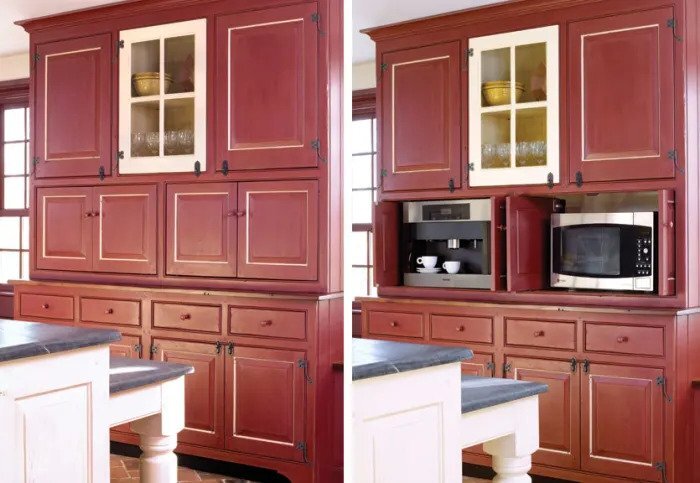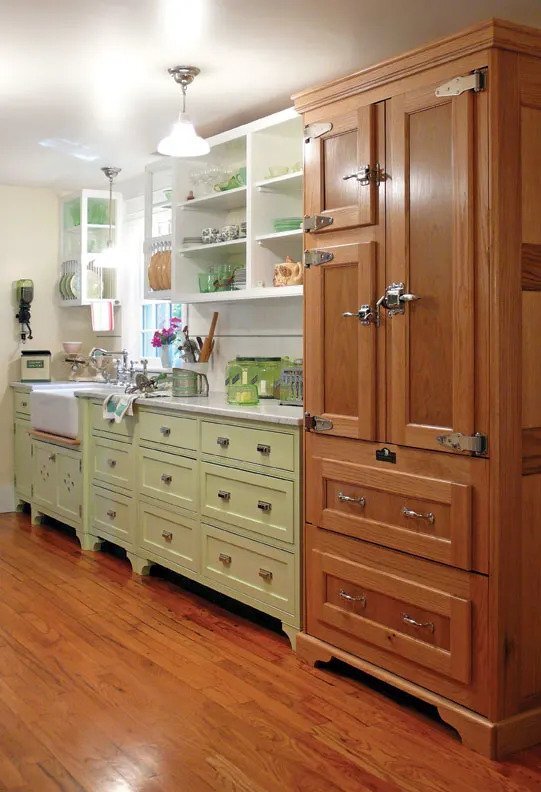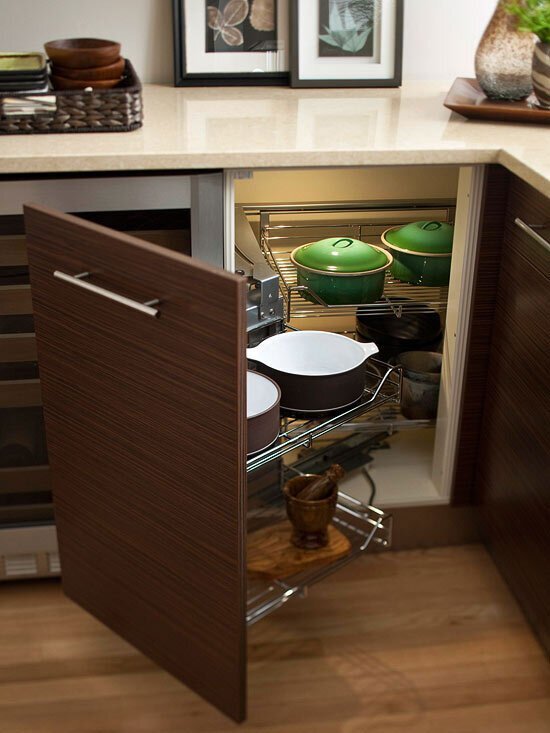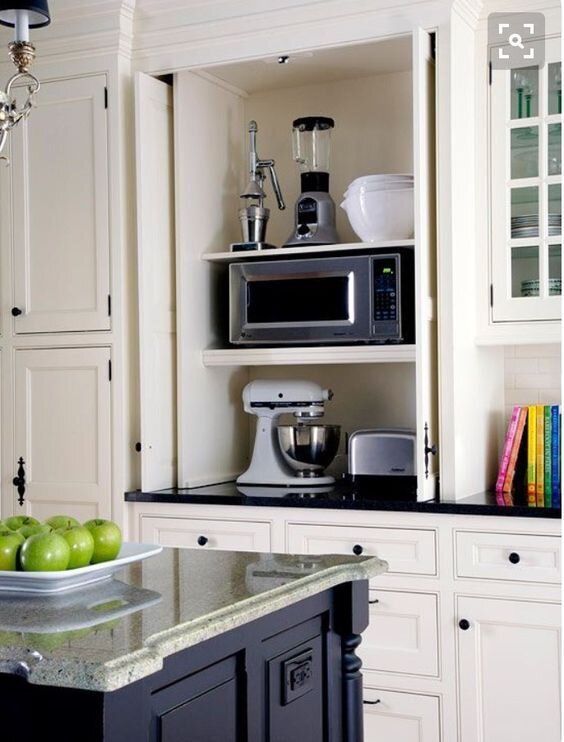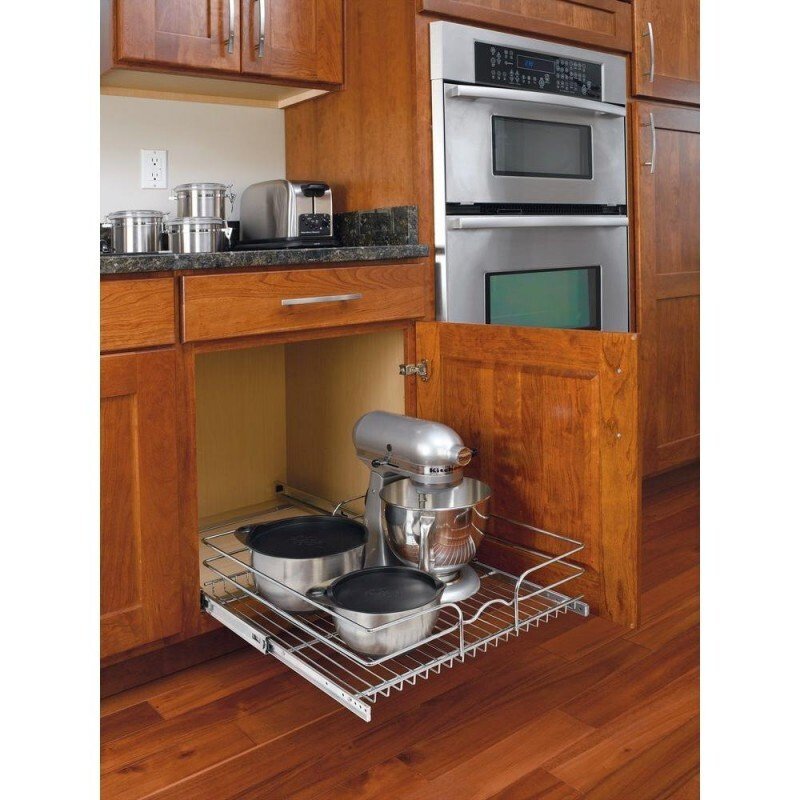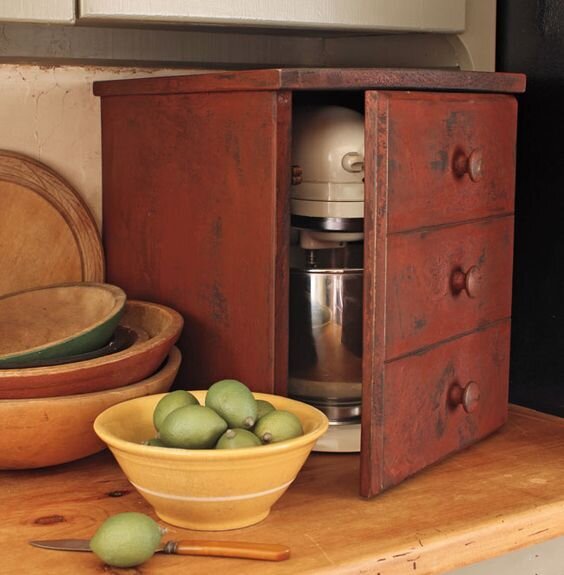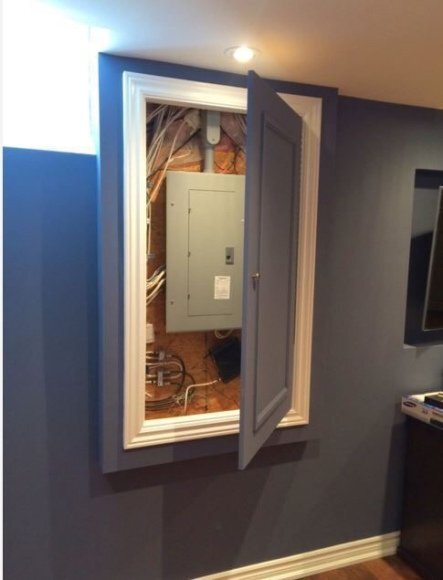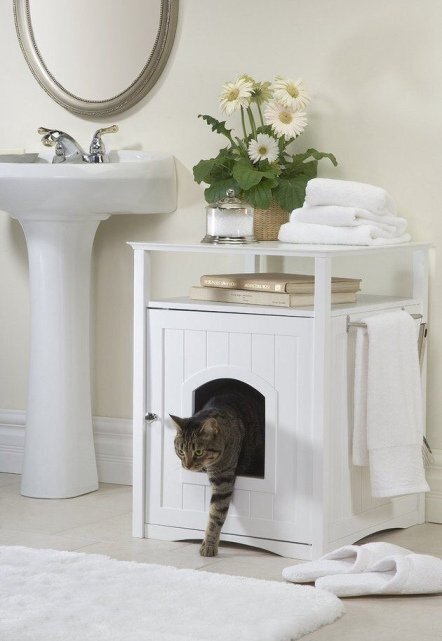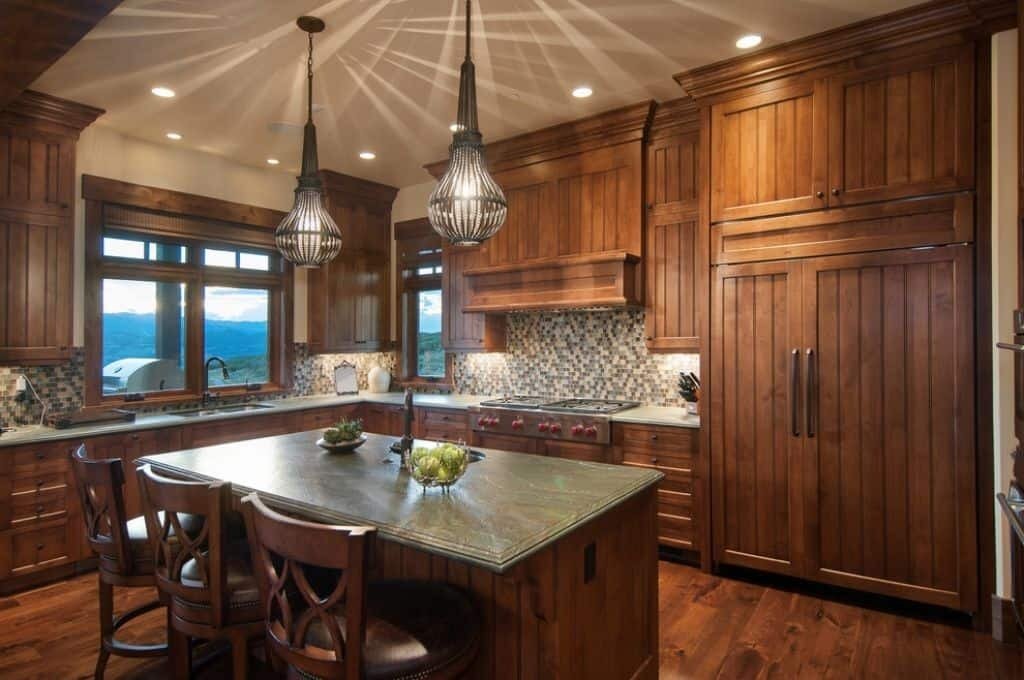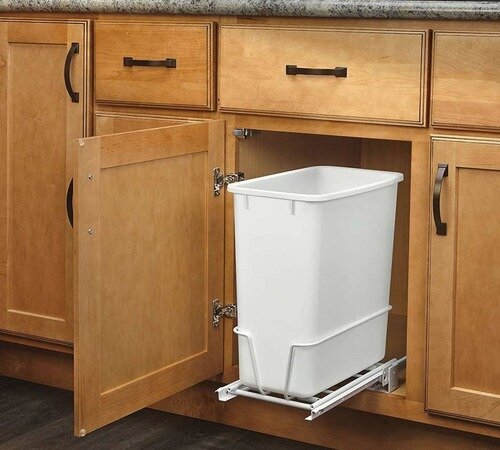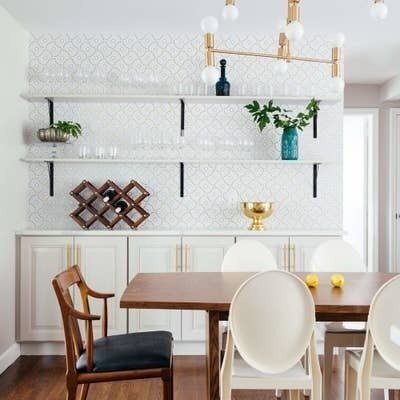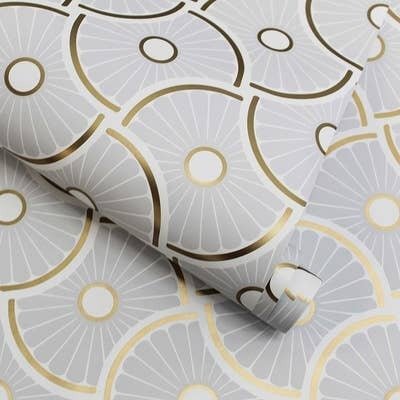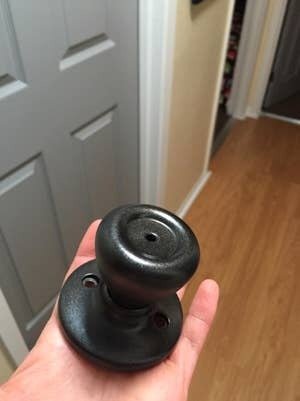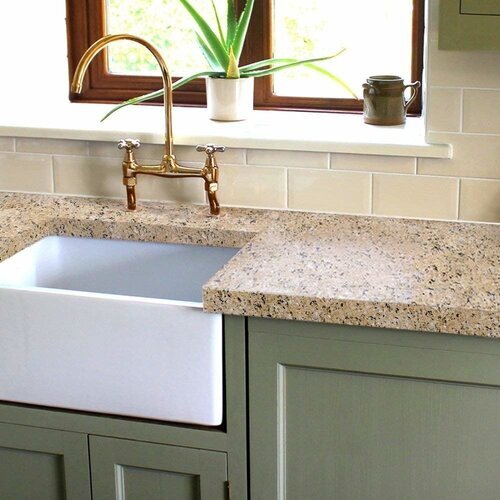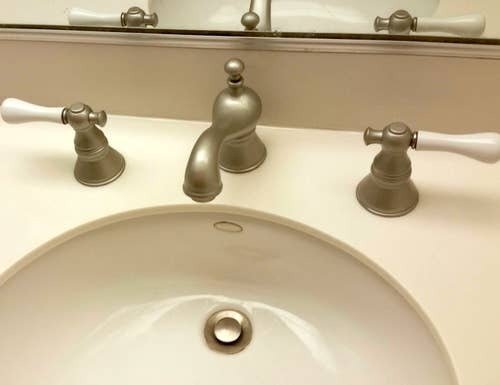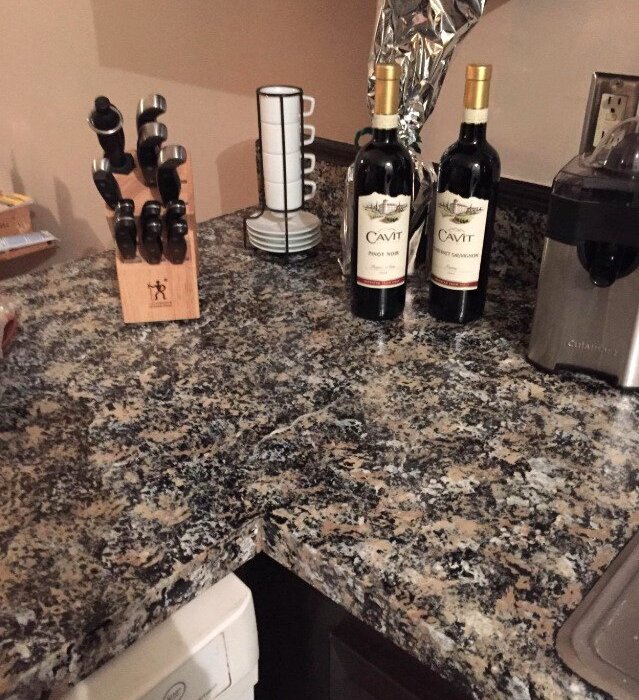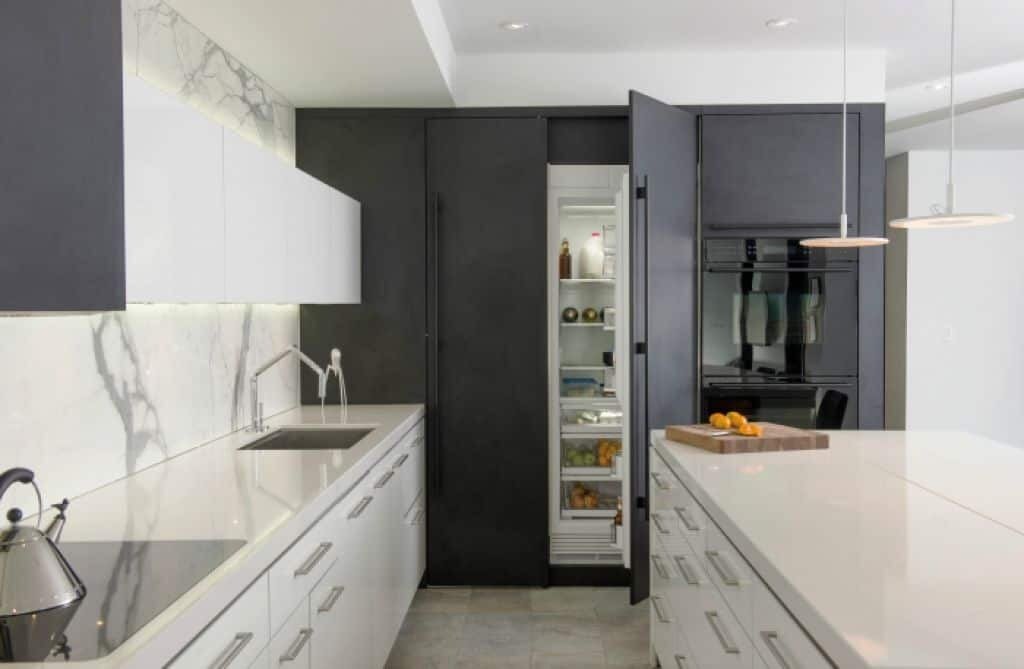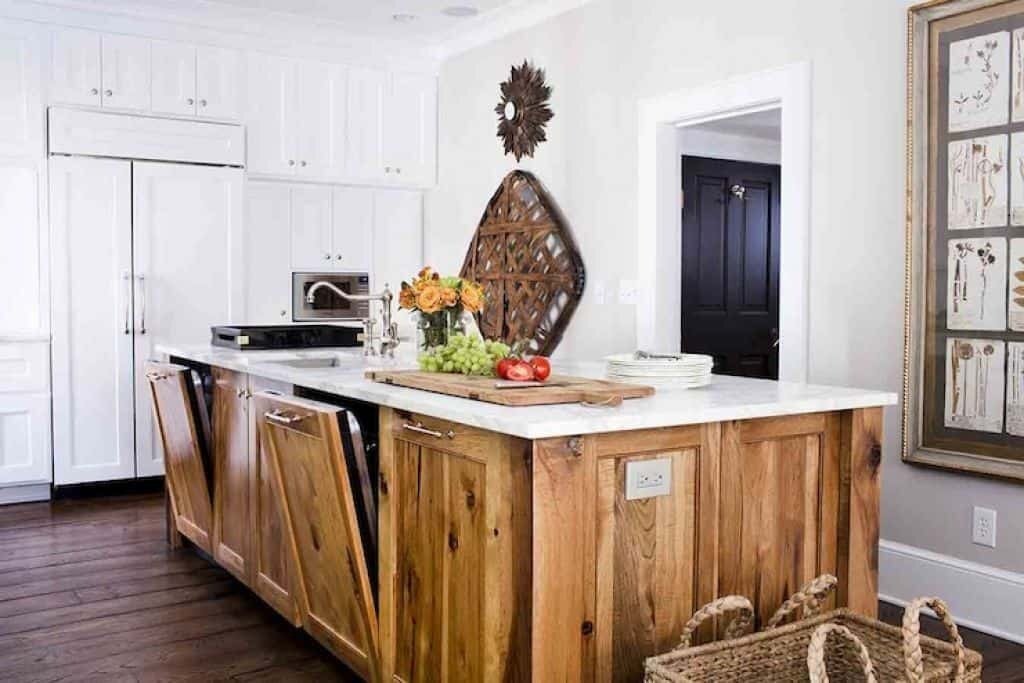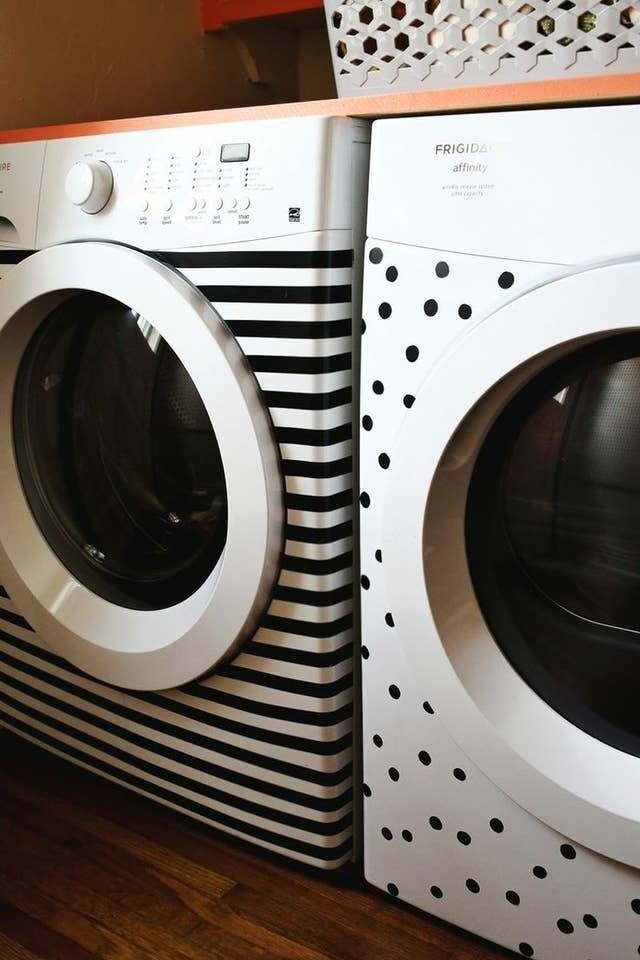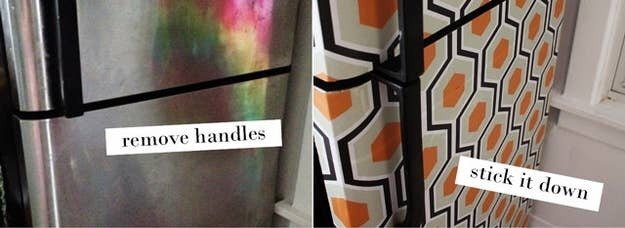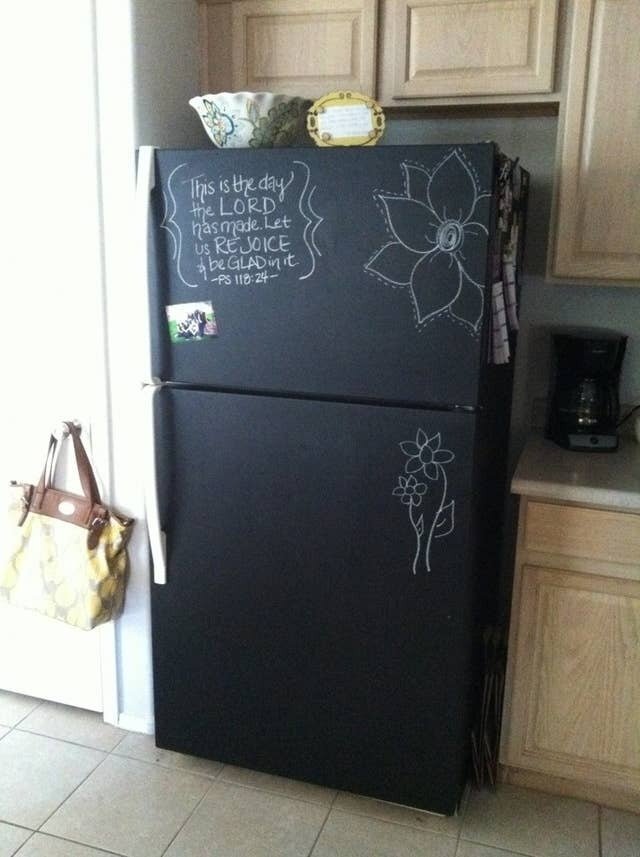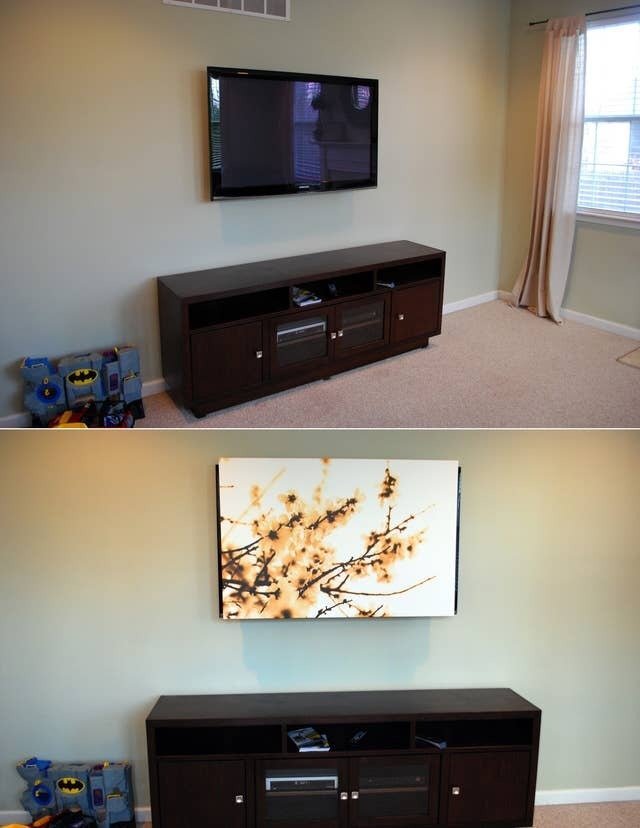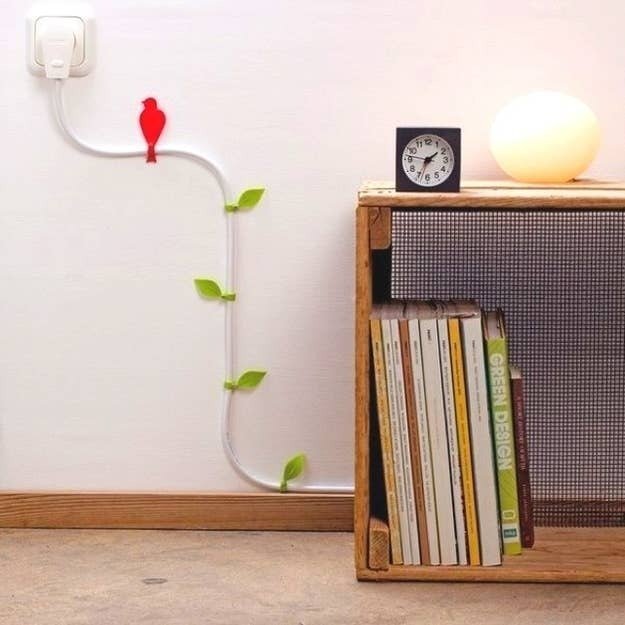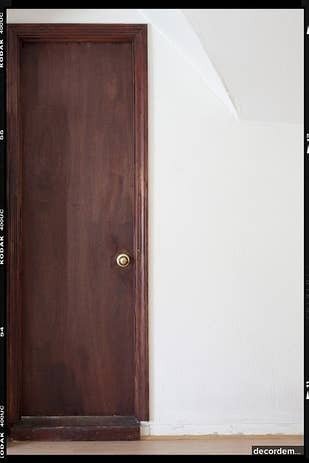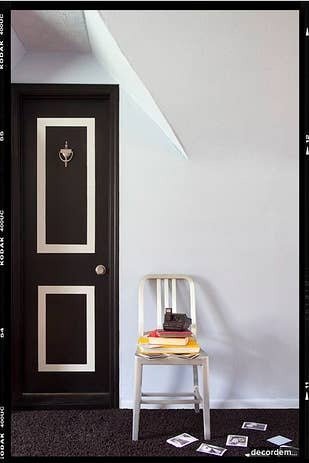Why is it that every time you turn around your electric bill seems to be creeping higher? While we could go into energy resources, global resistance to renewable energy, inflation, yadda yadda, let’s address something simple that all of us deal with. Our appliances.
Yup, your appliances. Your appliances account for between 10 and 30% of your yearly electric bills. And if they aren’t cared for, maintained and repaired regularly? That amount can go even higher. There are ways around that though, including purchasing energy efficient appliances, helping your current appliances be more efficient and making other small changes around the home.
But what does energy efficient really mean?
When people say ‘energy efficient’ they’re meaning that the appliance in question uses less energy to get the same amount of work done. So if you were to compare the non-efficient dryers to the efficient ones, you’re going to end up with fewer kiloWatt hours used for the same amount of time and the same load of laundry.
Fortunately, there is a way to easily find appliances and other household items that are energy efficient.
You’ve probably seen that big blue label on boxes at the appliance store, or in bold letters: ENERGY STAR. Or seen it advertised next to computers, dryers and lightbulbs CERTIFIED BY ENERGY STAR, as part of the list of features. These appliances have been developed and tested to the Energy Star standards.
Energy Star is a program that’s run by both the Environmental Protection Agency (EPA) and the Department of Energy(DOE). It was developed in 1992 to promote and develop energy efficient policies, procedures and products. An appliance that has the Energy Star label on it is one that has been tested by their scientists and been found to save energy, money and to reduce the carbon footprint.
According to their website, what makes a product worthy of the Energy Star label is the following:
-Certified products must deliver the features and performance demanded by consumers, in addition to increased energy efficiency.
-If the certified product costs more than a conventional, less-efficient counterpart, purchasers will recover their investment in increased energy efficiency through utility bill savings, within a reasonable period of time.
-Energy efficiency can be achieved through broadly available, non-proprietary technologies offered by more than one manufacturer.
-Product energy consumption and performance can be measured and verified with testing.
-Qualified refrigerators are at least 15% more efficient than the minimum federal efficiency standard.-Qualified TVs consume 3 watts or less when switched off, compared to a standard TV, which consumes almost 6 watts on average.
-Office equipment that qualifies automatically enters a low-power "sleep" mode after a period of inactivity.
-Qualified light bulbs (CFLs) use two-thirds less energy than a standard incandescent bulb and must meet additional operating and reliability guidelines.
-Qualified furnaces offer a rating of 90% AFUE or greater, which is about 15% more efficient than the minimum federal efficiency standard.
What changes are there that make an appliance energy efficient?
All sorts of changes have been made to appliances over the last 30 years, working to make them more efficient. For many this means better sensors and insulation to keep temperatures at the needed levels and seal them in properly.Refrigerators for example are becoming better at sealing in cold over the last few years with a change in their insulation. Others change how much water they use and how it’s heated. Washers, for example, have been engineered so that they use approximately 25% less energy and between 70-75% less water per load.
What does that mean for you?
Like we said above, your appliances can account for roughly 20% of your household’s yearly electric costs. By replacing older models you can save between 10% and 50% of the energy you were using before, depending on the models. “Households are saving hundreds of dollars annually as a result of increasing appliance efficiency standards,” says Shannon Baker-Branstetter, the senior energy and environment policy council at CR. Buying one major energy efficient appliance can save you over $100 in a year. The more appliances you buy, the more that number goes up.
If you can’t replace, or you want to do more research, you can still cut back on your energy bill in unexpected ways.
-Wash your laundry on cold rather than hot, and consider throwing a dry bath towel in when you dry them. (This lets your clothes move around more easily and helps them dry faster. )
-Check around all of your appliances for dust or lint. Having blocked ventilation areas is an easy way for an appliance to overheat and thus draw more electricity.
-Unplug! If you have appliances you only use once a day (say your toaster or coffeemaker) unplug them. Most models, especially older ones, will still draw power even if they aren’t turned on.
-Set timers for devices such as tvs and computers so that they shut themselves off at night.
These days more and more Energy Star certified appliances are being created over non-certified ones. While it used to be that you had to pay a high price by comparison, these days it’s possible to save money on the initial purchase and over time. If you’re looking to keep your current appliances for the time being, but would like to give them a check up, schedule an appointment with our technicians. We’d love to help you cut back on your energy bills.
